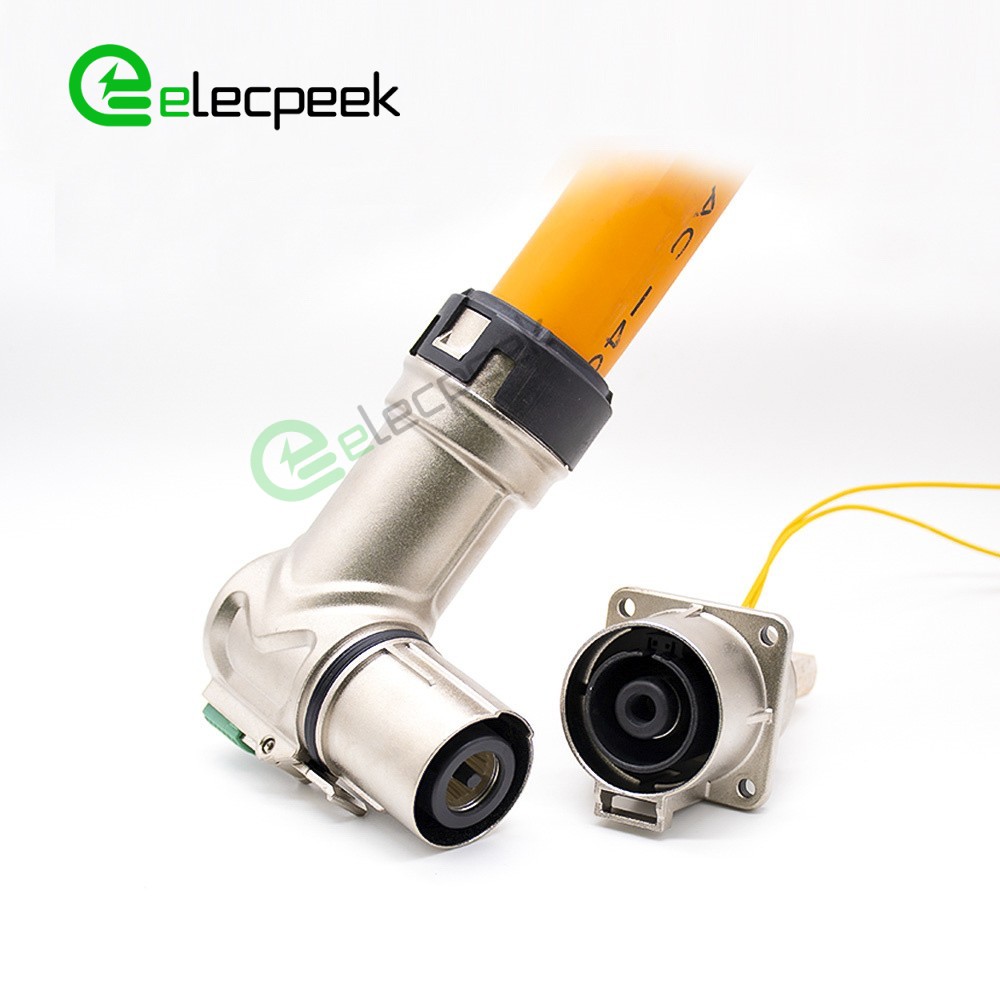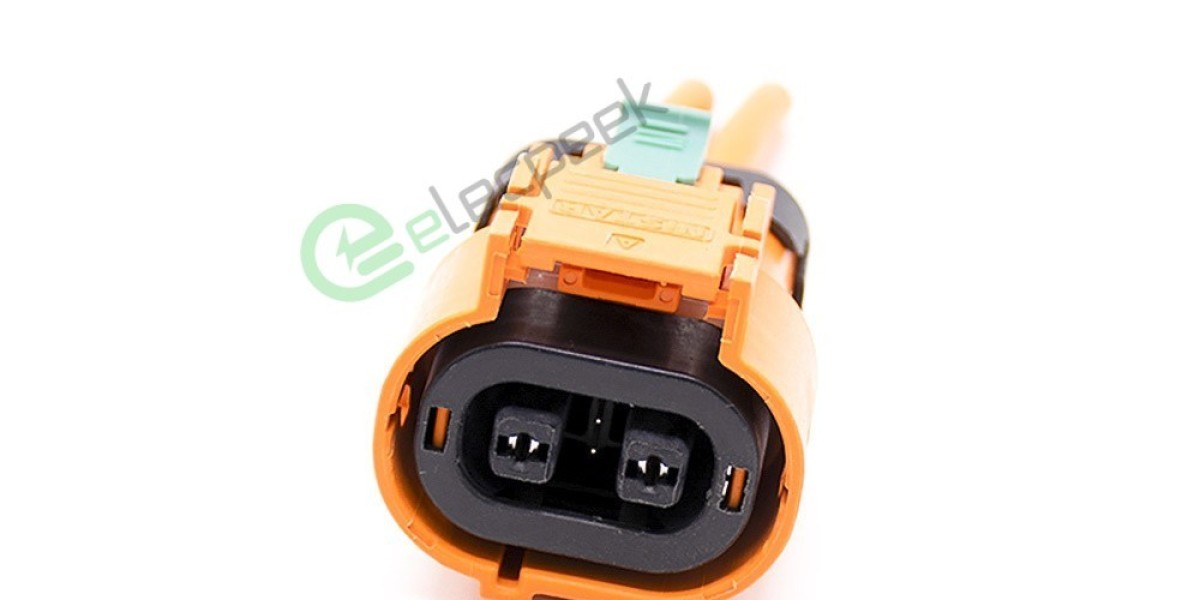High-voltage interlock (HVIL) connectors play an essential role in ensuring the safety of electric vehicles (EVs). As the popularity of EVs continues to grow, so does the demand for HVIL connectors. According to a report by MarketsandMarkets, the global HVIL connector market is expected to reach $253.6 million by 2025, growing at a compound annual growth rate (CAGR) of 16.3% from 2020 to 2025.
One of the primary drivers of the HVIL connector market is the increasing adoption of EVs worldwide. EVs rely heavily on high-voltage systems to power the vehicle, and HVIL connectors are essential in preventing accidental contact with these high-voltage systems. As more people turn to EVs as a sustainable transportation option, the demand for HVIL connectors is expected to grow.

Another driver of the HVIL connector market is the increasing focus on safety in the EV industry. HVIL connectors play a crucial role in ensuring the safety of passengers and maintenance personnel by isolating high-voltage systems and preventing accidental contact. As the EV industry continues to mature, there will be an increasing demand for HVIL connectors that are more reliable, efficient, and safe.
The HVIL connector market is also benefiting from technological advancements in materials and manufacturing processes. HVIL connectors are typically made from materials that can withstand high temperatures, vibration, and chemical exposure. Advances in materials science are leading to the development of new materials that are even more durable and resistant to wear and tear. Manufacturing processes are also becoming more advanced, enabling the production of HVIL connectors with higher precision and consistency.
There are several types of HVIL connectors available in the market, each with its own unique features and advantages. Some connectors are designed to be used in high-vibration environments, while others are better suited for high-temperature applications. It is important to choose the right HVIL connector for your specific application to ensure safe and reliable operation.
In conclusion, the HVIL connector market is poised for significant growth in the coming years, driven by the increasing adoption of EVs, the growing focus on safety in the EV industry, and advancements in materials and manufacturing processes. As the market continues to evolve, we can expect to see even more advanced HVIL connectors that further improve the safety and reliability of EVs.








